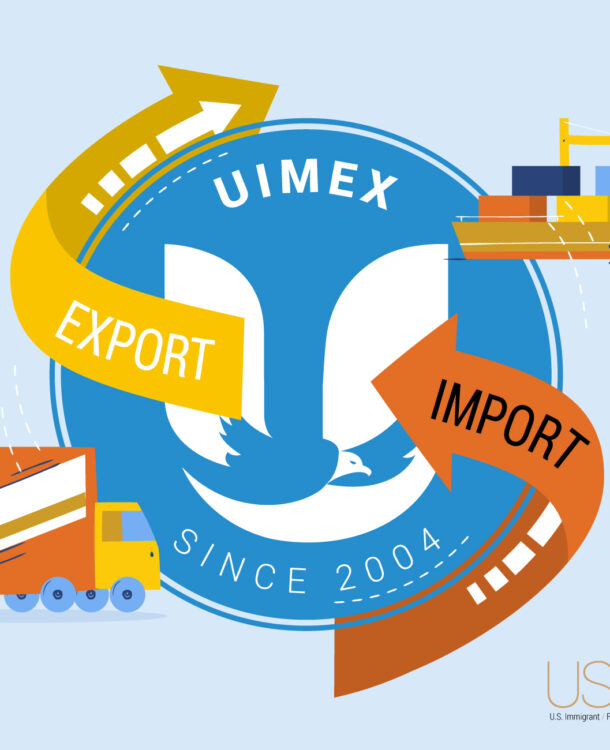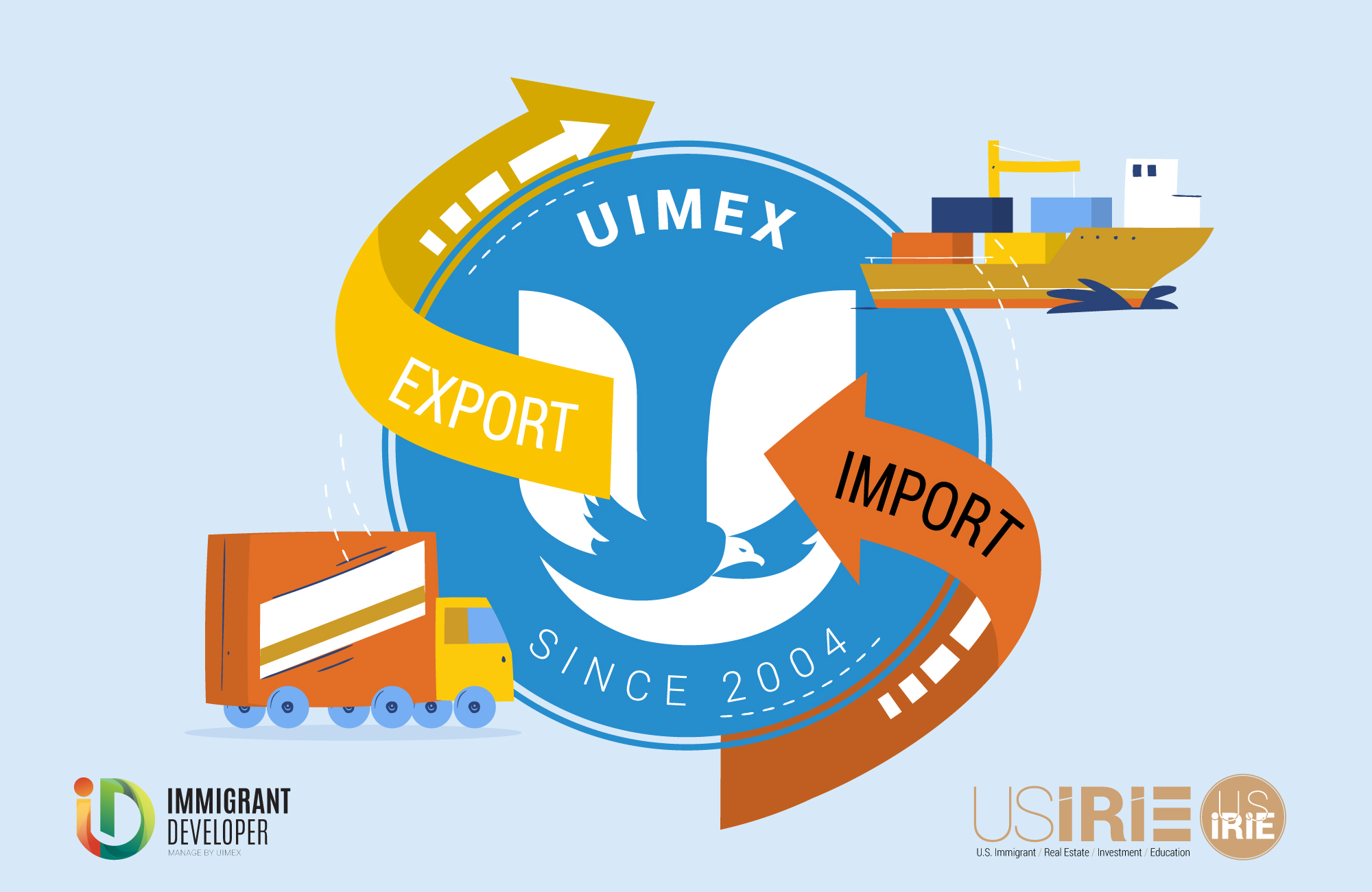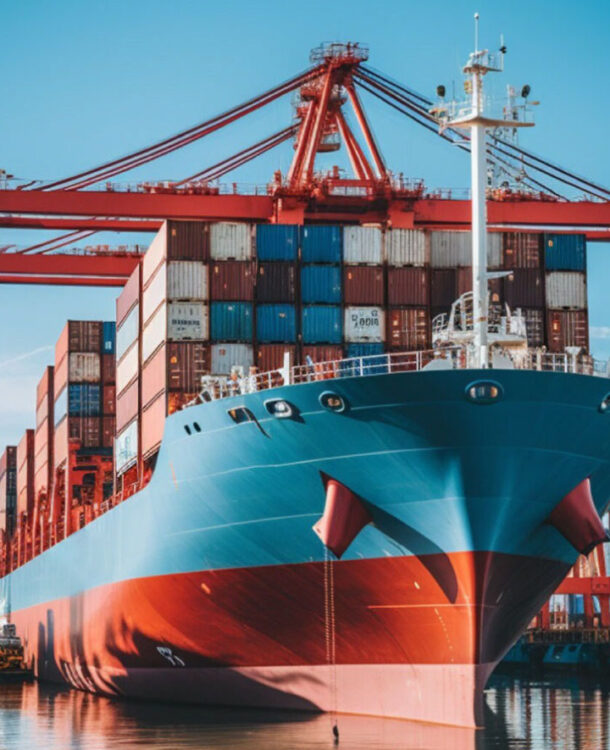
Information for Importing and Exporting
6 Stages of the Import-Export Process

1. Find your niche and make a business plan
Identify a specific market segment where you can provide unique products or services. Conduct thorough market research to understand demand and competition. Develop a detailed business plan outlining your business model, target market, competitive strategy, financial projections, and operational plan.
2. Fund and register the business
Secure the necessary funding through loans, investors, or savings. Register your business with the appropriate government authorities, obtaining all necessary licenses and permits. This step ensures legal compliance and provides a solid foundation for your operations.
3. Find a target market and develop a marketing strategy
Find a target market and develop a marketing strategy
Identify potential buyers or markets for your products or services. Develop a marketing strategy that includes online and offline marketing channels, advertising, and promotions to reach your target audience effectively and generate sales.
4. Source winning products and forge supplier connections
Identify and source high-demand products from reliable suppliers. Build strong relationships with suppliers to ensure quality, timely delivery, and competitive pricing. Establish clear communication and negotiate favourable terms.
Determine competitive pricing for your products or services, considering costs, market demand, and competitor pricing. Develop a sales strategy that includes both direct sales and online platforms to reach a broader audience and increase sales.
6. Get shipping documents in order
Ensure all necessary shipping and customs documents are prepared, including invoices, packing lists, and certificates of origin. Work with logistics providers to manage transportation and customs clearance, ensuring smooth and efficient delivery of goods.
NOTE: The specific steps and requirements can vary depending on the goods being traded, the countries involved, and the applicable trade regulations.
“Once the brief is defined and we’ve signed all the boring papers, Our people will draw sketches, prepare moodboards, source furniture & materials and many other things. The project doesn’t proceed till you’ve agreed on everything!
Things to Know


Exporting

Importing

Ship Cargo

Logistics

Export from Vietnam
Import Process
1. Initial Research and Planning:
- Identifying potential suppliers and sources of goods.
- Determining the type of goods to be imported and their classification.
2. Trade Regulations and Compliance:
- Ensuring compliance with import regulations in the importing country.
- Obtaining necessary licenses and permits.
3. Making Contacts:
- Negotiating with suppliers and securing a contract.
4. Shipping and Delivery:
- Arranging for transport and warehousing.
- Receiving goods at the port of entry.
5. Customs Clearance:
- Filing the required documents with the customs authorities.
- Paying import duties and taxes.
- Inspecting goods.
6. Final Payment and Delivery:
- Paying the supplier.
- Delivering the goods to the final destination.
Export Process
1. Initial Research and Planning:
- Identifying target markets and understanding their import regulations.
- Determining how to ship goods (e.g., by sea, air, or land).
- Setting objectives for pricing, terms, and channels of distribution.
2. Trade Regulations and Compliance:
- Ensuring compliance with export and import regulations in both the exporting and importing countries.
- Obtaining necessary licenses and permits.
3. Making Contacts:
- Finding potential buyers and establishing relationships.
4. Shipping and Delivery:
- Arranging for transport and warehousing.
- Preparing goods for shipment, including packing and marking.
- Obtaining necessary shipping documents (e.g., bill of lading).
5. Customs Clearance:
- Filing the required documents with the customs authorities.
- Paying import duties and taxes.
- Inspecting goods.
6. Final Payment and Delivery:
- Receiving payment from the buyer.
- Delivering the goods to the final destination.









